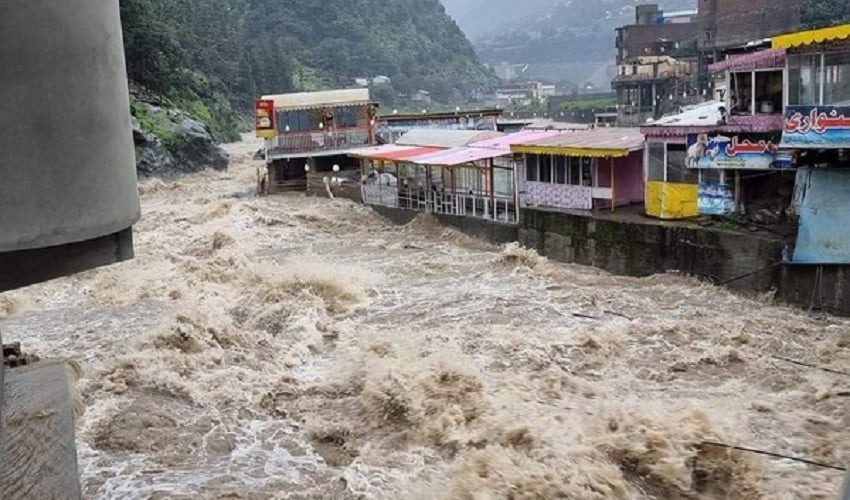Urban flooding transforms city streets into treacherous rivers. This occurs when concrete landscapes cannot absorb water and drainage systems are overwhelmed by heavy rains. Beyond the visible damage, these floodwaters pose serious, often hidden, risks to health and safety.
The immediate dangers are physical. Moving water can sweep a person away, while hidden sharp objects, slippery surfaces, and downed electrical wires can cause severe injuries, electrocution, or worse.
The health threats are just as perilous. Floodwater is rarely just water; it’s often a toxic mix containing sewage, chemicals, and debris. Contact can lead to infected wounds, and accidental ingestion can cause severe vomiting and diarrhea. After the water recedes, lingering moisture promotes mold growth, triggering respiratory issues like asthma.
Protection is possible by following key guidelines. Experts advise never entering moving floodwater. Indoors, avoid using gas generators near windows to prevent carbon monoxide poisoning. Always assume floodwater is contaminated: wash skin thoroughly, clean and cover any wounds, and wear protective gear like glasses, gloves, and waterproof boots.
After a flood, proceed with caution. Check your home’s structural integrity before fully re-entering. Be alert for displaced wildlife like snakes or insects. Finally, turn off power to flooded areas and have all electrical equipment inspected before use. Staying vigilant is the best defense against the lasting impacts of urban flooding.
Also read:NDMA warns of more intense monsoon spells, urban flooding





